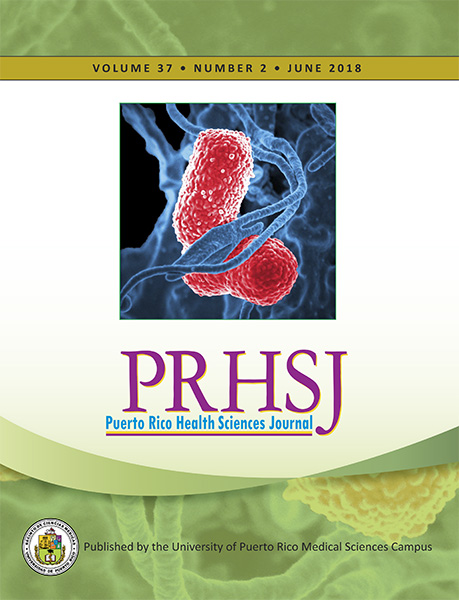Abstract
Objective: To estimate the prevalence, severity, and associated risk factors of gingival inflammation in a group of adults from Kingston, Jamaica; Santo Domingo, Dominican Republic; and San Juan, Puerto Rico. Methods: In this representative cross-sectional study, participants completed medical and oral health questionnaires and received an oral clinical examination by trained and calibrated examiners. Clinical assessments included: gingival health (modified Löe–Silness index), visible plaque and presence of calculus. Findings were summarized as mean overall and interproximal gingival indices (GI; IGI), gingival bleeding index (GBI), gingival inflammation prevalence (GI>0.5) and severity (mild, moderate, severe), mean and interproximal visible plaque indices (VPI; IVPI), and calculus index. Multivariate logistic regression was used to evaluate the associations between risk factors and gingival bleeding on probing (BOP) at >40% sites;. odds ratios were estimated. Results: All 1,847 participants presented gingival inflammation; most (81.9%) had moderate inflammation. Mean GI, VPI, IVPI, and calculus indices were 1.49, 0.94, 0.96, and 0.66, respectively; most participants presented a VPI >30%. BOP >40% of sites was significantly associated with education (ORmiddle/technical vs. university education=1.61; p=0.001 and ORnone/basic vs. university= 2.86; p<0.001), calculus index (OR: 10.35), VPI > 30% (OR: 7.85; p<0.001 for both), and being a resident of Kingston or Santo Domingo (vs. San Juan, OR: 4. 74 and OR: 7.09, respectively), after adjusting for age, gender, smoking, dental visit frequency, diabetes, and hypertension. Conclusion: Gingival inflammation was highly prevalent. Most participants presented moderate gingival inflammation. Educational attainment, dental calculus, and VPI > 30% were strongly associated with gingival inflammation.
Authors who publish with this journal agree to the following terms:
a. Authors retain copyright and grant the journal right of first publication with the work simultaneously licensed under a Creative Commons Attribution License that allows others to share the work with an acknowledgement of the work's authorship and initial publication in this journal.
b. Authors are able to enter into separate, additional contractual arrangements for the non-exclusive distribution of the journal's published version of the work (e.g., post it to an institutional repository or publish it in a book), with an acknowledgement of its initial publication in this journal.
c. Authors are permitted and encouraged to post their work online (e.g., in institutional repositories or on their website) prior to and during the submission process, as it can lead to productive exchanges, as well as earlier and greater citation of published work (See The Effect of Open Access).
